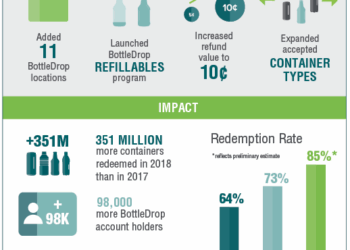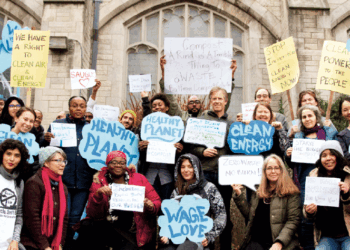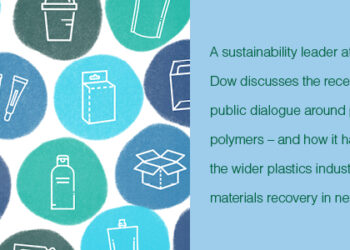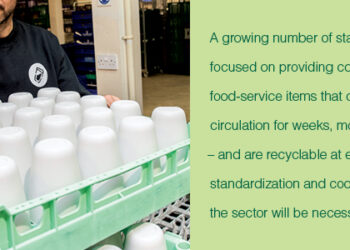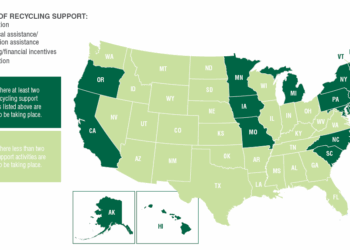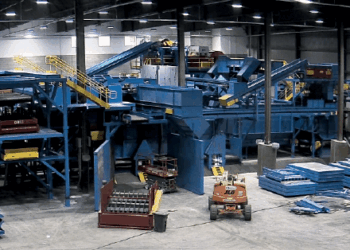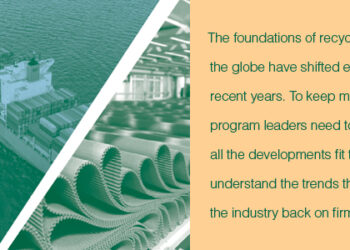Resource Recycling Magazine
First Person Perspective: Markets have shifted, but paper recycling is strong (just look at the numbers)
Every year, the American Forest & Paper Association (AF&PA) releases the U.S. paper recovery for recycling rate. The annual figure...
Data Corner: Nearly 50 years of container-redemption evolution
Oregon was the first state in the U.S. to implement a beverage container deposit/refund system, rolling out its program in...
First Person Perspective: It’s time to replace incineration with ingenuity
This article originally appeared in the May 2019 issue of Resource Recycling. Subscribe today for access to all print content....
Critical discussions
This article originally appeared in the May 2019 issue of Resource Recycling. Subscribe today for access to all print content. As...
Q&A: Hitting the plastics inflection point
This article originally appeared in the May 2019 issue of Resource Recycling. Subscribe today for access to all print content. Over...
The rise of reusables
This article originally appeared in the May 2019 issue of Resource Recycling. Subscribe today for access to all print content. In 2018,...
Data Corner: Statewide recycling support activity
Reclay StewardEdge (RSE) conducted research on behalf of the American Chemistry Council, composite decking manufacturer Trex and the Oregon Department...
Facility Focus: Zero Waste Solutions
The project to build a mixed-waste processing facility in Rochester, Mass. has experienced a number of setbacks, including tough market...
Putting it all in perspective
This article originally appeared in the May 2019 issue of Resource Recycling. Subscribe today for access to all print content. We...
From disposal to development
This article originally appeared in the April 2019 issue of Resource Recycling. Subscribe today for access to all print content. While...







